- Home
- Articles
- Architectural Portfolio
- Architectral Presentation
- Inspirational Stories
- Architecture News
- Visualization
- BIM Industry
- Facade Design
- Parametric Design
- Career
- Landscape Architecture
- Construction
- Artificial Intelligence
- Sketching
- Design Softwares
- Diagrams
- Writing
- Architectural Tips
- Sustainability
- Courses
- Concept
- Technology
- History & Heritage
- Future of Architecture
- Guides & How-To
- Art & Culture
- Projects
- Interior Design
- Competitions
- Jobs
- Store
- Tools
- More
- Home
- Articles
- Architectural Portfolio
- Architectral Presentation
- Inspirational Stories
- Architecture News
- Visualization
- BIM Industry
- Facade Design
- Parametric Design
- Career
- Landscape Architecture
- Construction
- Artificial Intelligence
- Sketching
- Design Softwares
- Diagrams
- Writing
- Architectural Tips
- Sustainability
- Courses
- Concept
- Technology
- History & Heritage
- Future of Architecture
- Guides & How-To
- Art & Culture
- Projects
- Interior Design
- Competitions
- Jobs
- Store
- Tools
- More
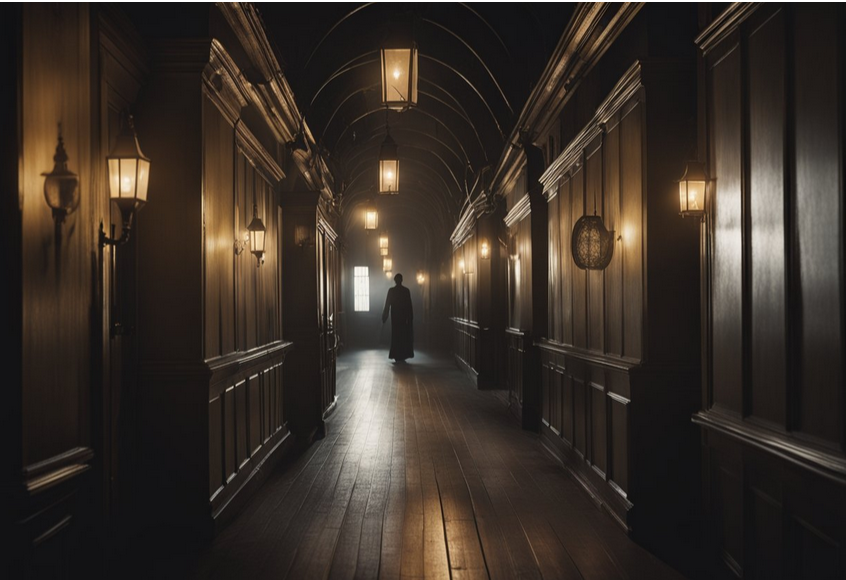
Transforming a simple hallway into a spine-chilling Halloween experience can captivate guests and leave a memorable impact. Creative lighting and eerie sound effects are essential for setting a spooky atmosphere that instantly immerses visitors. Strategic placement of props such as cobwebs, skulls, and ghostly figures can enhance the uncanny environment.
Integrating interactive elements can elevate the thrill of a haunted hallway. Motion sensors that trigger sudden noises or movements keep guests on their toes and heighten suspense. They can even incorporate scents or fog machines to engage the senses further, creating a fully immersive experience.
For those with crafting skills, making DIY decorations adds a personal touch to the setup. Customized wallpaper, hand-carved pumpkins, and thematic artwork bring individuality to the haunted corridor. This approach allows the organizer to personalize the experience while aligning with the overall Halloween theme.
Table of Contents
TogglePlanning Your Haunted Hallway
Creating a spooky experience in a limited space involves key decisions in theme and spatial layout. Not only do you need to identify the right mood, but it’s also important to work within the physical constraints of your space.
Theme Selection
The first step is choosing a theme that will dictate everything from decorations to sound effects. Themes could range from classic haunted mansion to a haunted laboratory. Each theme brings its own atmosphere and spine-chilling elements.
Consider how different themes can incorporate various props. For example, a haunted forest theme might feature branches, fog machines, and eerie animal sounds. In contrast, a ghost ship theme could use fish nets, pirate skeletons, and ocean sounds.
Consulting with an interior decorator can add professional insights. They can suggest elements that match your chosen theme while considering functionality and budget. A clear theme not only guides decoration choices but also ensures a cohesive experience for visitors.
Space Assessment
Understanding the layout of your hallway is crucial. Measure the space and take note of any obstacles such as doorways or light fixtures. A narrow hallway might require compact decorations, while a spacious area allows for larger installations.
Use vertical space for hanging elements like cobwebs or dangling ghosts. A table can display small props or serve as a station for scary encounters.
Safety is essential. Walkways should be clear of trip hazards, and emergency exits should remain accessible. Proper lighting can create spooky shadows while still allowing guests to navigate safely. Considering these factors will make your haunted hallway not only terrifying but also practical.
Design Essentials

Creating an eerie atmosphere for a haunted hallway requires careful attention to lighting, sound, and decorations. These elements work together to create a chilling experience that can captivate and terrify visitors effectively.
Lighting and Visual Effects
Lighting plays a crucial role in setting the mood for a haunted hallway. Strategic use of darkness and shadows can amplify fear. Employ dim lights with eerie colors like green, red, or purple to create a ghostly effect. Strobe lights can simulate sudden scares, while flickering LED candles offer a spooky ambiance.
Consider using fog machines to enhance visual effects, adding a mysterious layer to the environment. Interior Designer Denver suggests layering lighting to add depth, with hidden sources behind props for unexpected highlights. This approach enhances the creepiness, making the haunted experience more immersive.
Sound and Music
Sound is integral to a haunted experience. Filling the space with eerie noises like creaking doors, whispers, or distant screams can elevate tension. Creepy soundtracks play a vital role, often including thunderstorm effects or chilling music scores. Incorporate periodic silence for unpredictability.
Using directional speakers can create illusions of movement or whispers from specific directions. Some designers use motion-activated sounds to surprise guests as they pass through. This attention to auditory detail is essential in crafting a terrifying atmosphere.
Props and Decorations
Props and decorations are essential in transforming an ordinary hallway into a spine-chilling nightmare. Choose gory or ghostly figures to populate the space, incorporating cobwebs, skeletons, or hanging ghosts for added effect. Arrange props to guide visitors through twists and turns, enhancing suspense.
Interior Designer Denver advises on using realistic materials such as faux stone walls or wooden planks to emphasize authenticity. This can make the hallway feel more immersive and drive the theme home. Adding small, unexpected scares like moving props or hidden figures can maximize impact, ensuring visitors are continually on edge.
Safety and Accessibility
Creating a Halloween haunted hallway requires careful attention to safety and accessibility to ensure an enjoyable experience for everyone. Prioritizing clear pathways and emergency measures are essential.
Navigational Flow
Designing an efficient navigational flow enhances both safety and enjoyment. Clearly marked pathways help prevent congestion and accidents. Tape with glow-in-the-dark features or soft LED lighting can outline walkways, making them visible in low light.
Using directional signs, even in simple Halloween-themed designs, guides guests seamlessly through the hallway. Avoid clutter or narrow passages to reduce trip hazards. Incorporate short distances between attractions to keep visitors moving and reduce the risk of overcrowding.
Accessible pathways should accommodate all guests; consider wider paths and ramps where needed. Assistance should be readily available for those requiring additional support. Consistent patterns and spacing can help create an intuitive flow, ensuring easy navigation.
Emergency Precautions
Emergency readiness is vital when setting up a haunted hallway. Install visible exit signs along with a clearly communicated evacuation plan. Exits should remain unobstructed with paths free of decorations or props.
Equip the area with first aid kits and ensure staff are trained to handle potential emergencies. Fire extinguishers must be strategically placed and accessible. Communication devices, like walkie-talkies or cell phones, should be available for prompt communication.
For additional safety, evaluate the use of non-flammable decorations. Staff should be on hand to guide and assist, providing reassurance to visitors and handling urgent situations promptly. Preparing for emergencies is crucial in maintaining a safe and enjoyable experience for all guests.
Execution and Setup
Crafting a Halloween haunted hallway requires careful planning and execution. Consider setting a detailed timeline for assembly and pay attention to final touches and testing to ensure an immersive experience. Utilize expertise from professionals like interior decorators for better results.
Assembly Timeline
Designing a haunted hallway begins with an organized assembly timeline. Start early to ensure adequate time for decorating and adjustments. Begin by gathering materials: spooky props, lights, and sound equipment. Set clear milestones to accomplish tasks such as painting walls, installing props, and connecting lighting.
Divide tasks into daily or weekly goals. This approach helps maintain focus and ensures steady progress. Consider help from an interior decorator for professional guidance on aesthetics. Their expertise aids in achieving a cohesive and chilling look.
Final Touches and Testing
The final stage involves adding details that enhance atmospheric effects. This includes spider webs, sound effects, and eerie lighting. Attention to details such as positioning of props and shadows is crucial for creating an immersive environment.
Testing each element ensures that all components work in harmony. Run through the hallway multiple times, checking sound and light levels. Adjust any faulty setups and consider visitor safety and emergency exits.
Involving a professional, like an interior designer from Denver, can be beneficial in the testing phase. Their insights are invaluable in achieving an optimal sensory experience, making your haunted hallway truly unforgettable.
illustrarch is your daily dose of architecture. Leading community designed for all lovers of illustration and #drawing.
Submit your architectural projects
Follow these steps for submission your project. Submission FormLatest Posts
Tips for Creating a Functional and Beautiful Outdoor Area
A great outdoor area should feel easy to use and beautiful to...
Painting Trends in 2026: Colours & Finishes That Sell Homes
Paint trends for houses show a dramatic transformation as we approach 2026....
How Compact BLDC Motors Enable Dynamic Architecture
Modern buildings are no longer static objects. Windows open and close automatically,...
Unintentionally Leaning Towers: When Architecture Defies Stability
Unintentionally leaning towers reveal architecture’s fragile negotiation with gravity, soil, time, and...




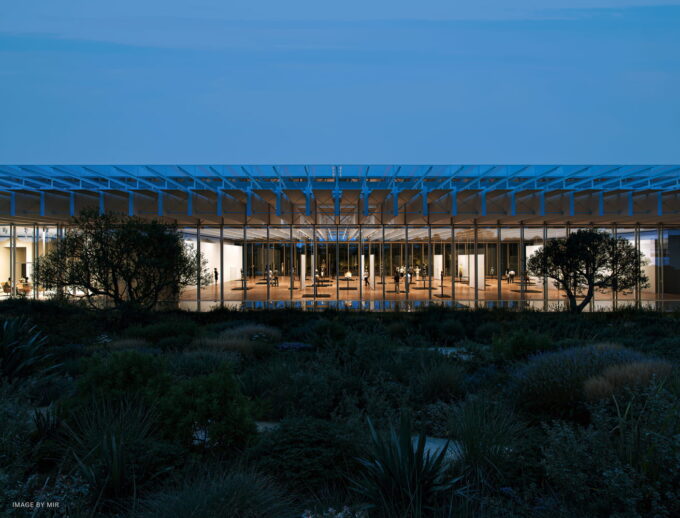
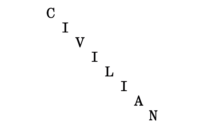



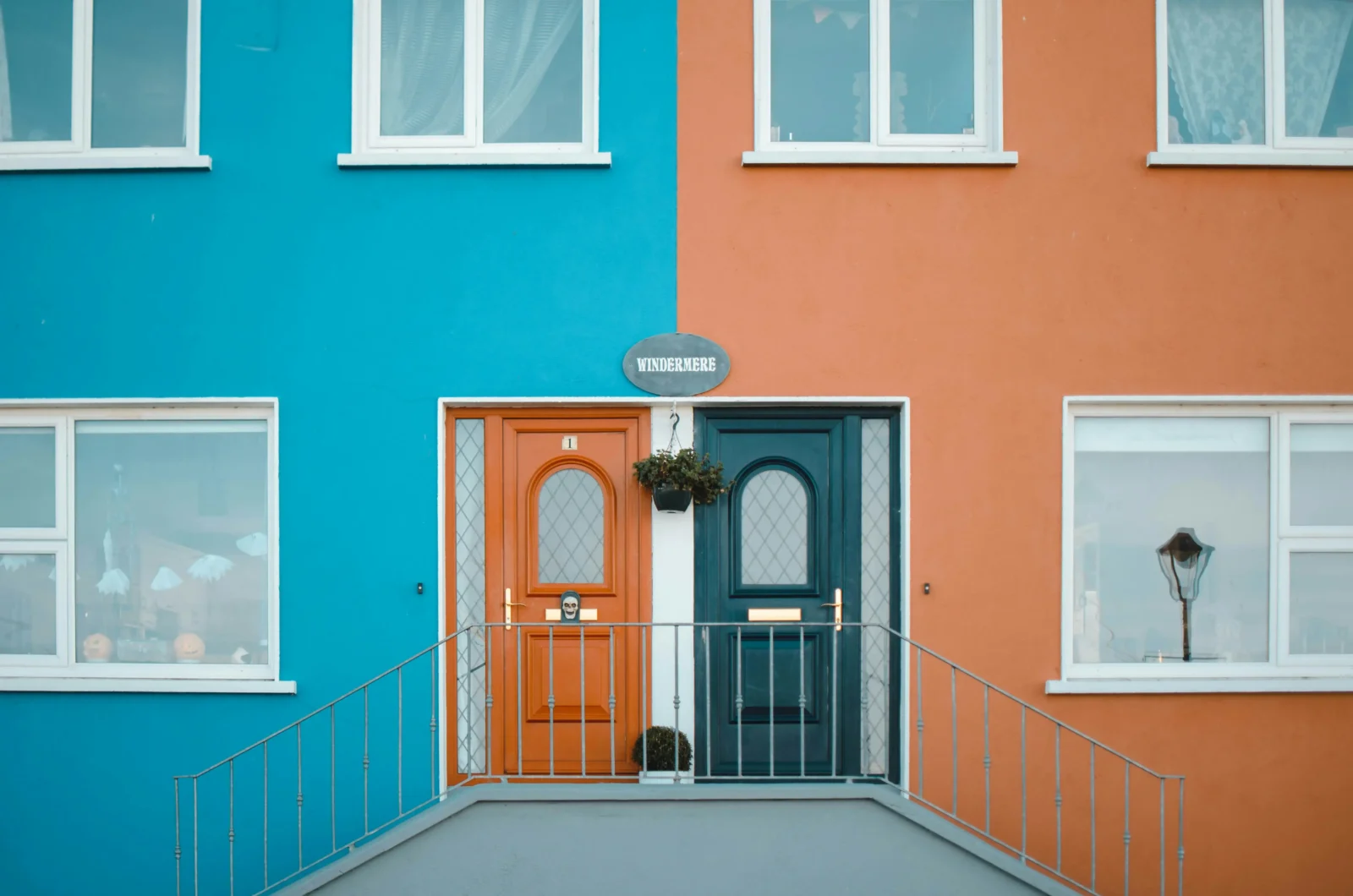
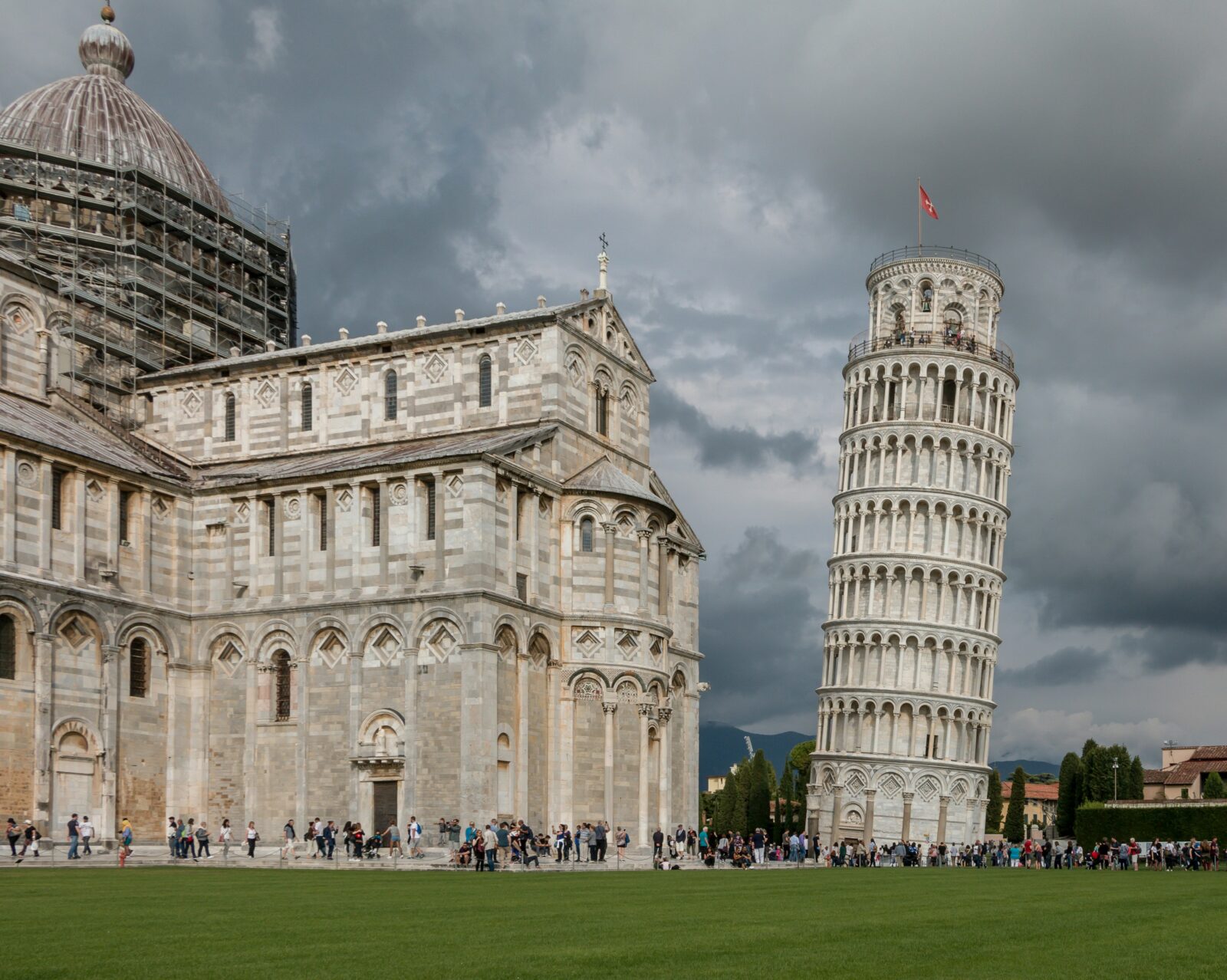
Leave a comment